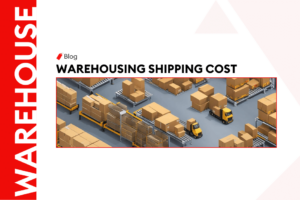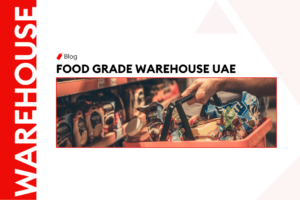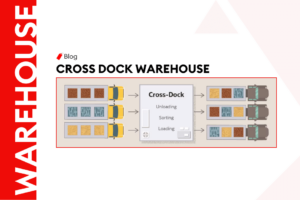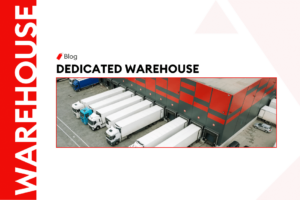Home » Services » Door to Door » IMEA » Qatar » Payment Qatar
Unlock seamless logistics solutions for air and sea freight in the Qatar-UAE trade lane.
UAE- Qatar
Payment
Learn about secure payment methods, common currencies, and payment terms to facilitate seamless transactions between the UAE and Qatar.
Payment Methods
Transactions between the UAE and Qatar use secure payment methods such as bank transfers, letters of credit (LCs), documentary collections, and online payments via secure banking portals.
Bank transfers are common for large shipments, while LCs provide added security by ensuring payments are released upon document verification. Documentary collections, like D/P (Documents against Payment) and D/A (Documents against Acceptance), are also used for managing trade payments efficiently.
Currency
The primary currencies used in trade between the UAE and Qatar are the UAE Dirham (AED) and the Qatari Riyal (QAR). Both currencies are pegged to the US Dollar, offering stability and reducing currency exchange risks in transactions.
For large transactions, payments are often converted to USD to minimize exchange rate fluctuations. While both currencies are stable, it's important to consider currency exchange rates when planning trade transactions to optimize cost efficiency and payment timing.
Payment Terms
Typical payment terms in UAE-Qatar trade include 30-60 day credits, depending on the nature of the transaction and the relationship between trading partners. Pre-payment or partial advance payment is common for new or high-value transactions.
Frequently Asked Questions (FAQ)
What are the major cargo airports and seaports in Qatar?
Major cargo airports in Qatar include Hamad International Airport with a capacity of 1.4 million tonnes/year and Doha International Airport handling 1.2 million tonnes/year. Key seaports are Hamad Port, Doha Port, and Mesaieed Port, with Hamad Port being the largest, offering a cargo handling capacity of up to 7 million tonnes for general freight.
What documents are required for importing goods into Qatar?
Essential documents for importing into Qatar include a Commercial Invoice, Certificate of Origin, Bill of Lading or Airway Bill, Packing List, Import Declaration, Import License for restricted goods, and Customs Duty Receipt.
What are the customs duties and taxes for goods imported into Qatar and the UAE?
Both Qatar and the UAE impose a standard customs duty of 5% on most imported goods. The UAE applies a 5% VAT on goods, whereas Qatar does not currently implement VAT, which enhances its competitive edge in trade.
What are the restricted or licensed goods for trade between the UAE and Qatar?
Restricted or licensed goods include alcoholic beverages, pharmaceutical products, chemical substances, religious materials, defense and security equipment, and radio and telecommunications equipment. These goods require specific approvals or permits such as a special import license, Ministry of Health approval, or environmental permits.
What are the leading export commodities from Qatar and the UAE?
Qatar's leading exports include Liquefied Natural Gas (LNG), petroleum products, petrochemicals, steel and metals, and fertilizers. From the UAE, major exports are crude oil, refined petroleum products, aluminum and metals, plastics and polymers, and textiles and apparel.
Related Articles
Anything you need, We’re here to Help

Chat With Us
Effortlessly schedule your next shipment with us for reliable and timely delivery.

Request a Quote
Receive a personalized shipping quote that meets your specific logistic needs.









